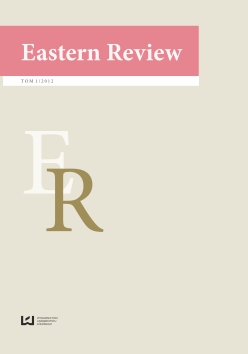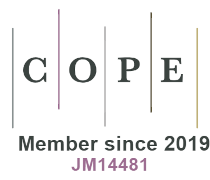Partnerstwo wschodnie w okresie prezydencji Polski w Unii Europejskiej w 2011 r.
DOI:
https://doi.org/10.18778/1427-9657.01.05Abstrakt
Author analyses concept of Eastern Partnership evolution during Polish Presidency in European Union in 2011, that became Polish presidency priority. Author points main reasons that were blocking its completion. First of all, according to author, financial crisis can be blamed for such an state of affair. Member states attention was attracted mainly by ways of overcoming its effects in foreseeable future. Secondly most of the member states were not seriously involved in relations with EU’s eastern neighbors and interested in lending them any help with overcoming their problems. On the other hand some of EU’s eastern partners are keen more on cooperation with Russia then with EU.
But the main obstacles that constrain completion Eastern Partnership policy were Arab Spring events taking place in North Africa and Middle East, that effectively distracted European politicians and society attention from EU eastern partners. Warsaw tried to convince its Union’s partners that Eastern Partnership policy should be priority for whole EU, and its completion would bring benefits all members states not only Poland.
Poland opts for more symmetry in EU attitude towards its southern and eastern neighbors. New edition of European Neighbors Policy should be more flexible and fitted to the EU’s partners economic, political and societal need and environment. Moreover that policy should be more concentrated on ordinary citizens partner states and less tolerant toward authoritarian and faced democracy regimes. At the heart of the ENP should lie society not government. At this moment ENP is not enough attractive for countries at which it’s addressed.
Still ENP require more attention and engagement from partners states if it should became an effective policy and bring any meaningful results.
Pobrania
Opublikowane
Jak cytować
Numer
Dział
Licencja
Prawa autorskie (c) 2012 Stanisław Konopacki

Utwór dostępny jest na licencji Creative Commons Uznanie autorstwa – Użycie niekomercyjne – Bez utworów zależnych 4.0 Międzynarodowe.










